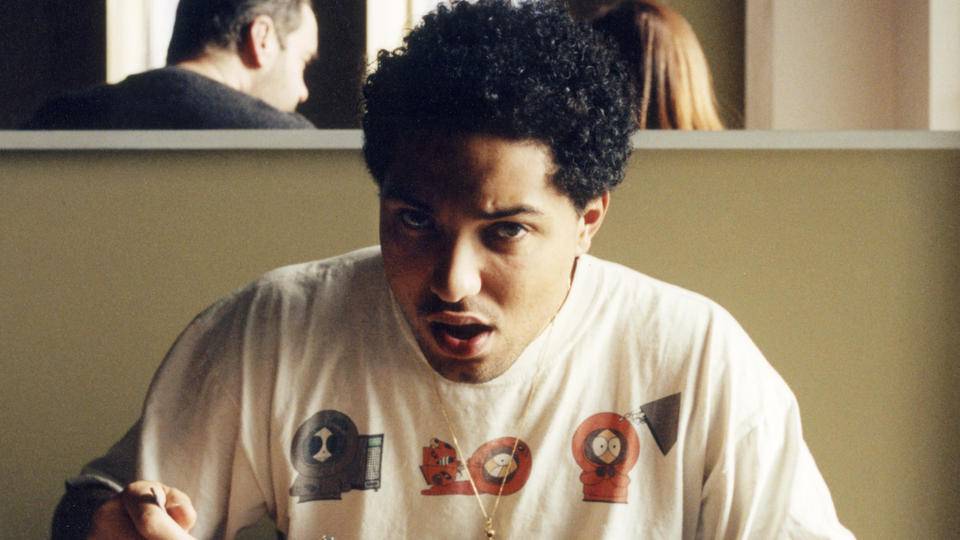8 Things You (Probably) Never Knew About Giraffes

Spotting a giraffe in the wild is on many people’s bucket lists – but how much do you really know about these elegant creatures?
With World Giraffe Day taking place on 21st June, the expert team at Round the World Experts have put together a few things you (probably) didn’t know about giraffes…
The tallest giraffe ever recorded was called George
While the average male giraffe stands at around 5.4m, the tallest ever recorded was a fine chap called George, who lived at Chester Zoo in the 1960s and reached a dizzying 5.88m tall. So tall, in fact, that he had to duck to enter the giraffe house. Even new born giraffes are taller than most people, averaging 1.8m tall.
Giraffes can stand within half an hour of being born
Giraffes do almost everything standing up, even sleeping. They also give birth standing up, with the poor baby dropping around 1.5m to the ground with an unceremonious plop, breaking the umbilical cord. Constant threats from predators mean that it’s important for the baby to stand as soon as possible, which it does, albeit rather shakily, within half an hour of being born. It will start walking soon after, giving it every possible chance to escape danger.
Giraffes use their necks to fight
Male giraffes use their necks to fight, swinging them at each other like swords in a practice called necking. If you’re lucky enough to see it, it’s a somewhat bizarre sight, with their necks contorting into strange shapes at unnatural looking angles. It’s also pretty brutal stuff, with continual neck slamming sometimes breaking their bones or even knocking them unconscious.
No two giraffes have the same spot pattern
Like our fingerprints, a giraffe can be identified by its unique pattern of spots. Although to the untrained human eye, it’s almost impossible to tell them apart, for a giraffe, the individual fur pattern on fellow giraffes helps it to work out who’s who. Furthermore, different giraffe subspecies display distinct patterns. For example, Masai giraffes have dark, jagged-edged spots, while Rothschild’s giraffes have large, rectangular markings with wavy edges and reticulated giraffes have neat, bold patches.
Giraffes’ tongues average 50cm long
Giraffes use their tongues, which can reach up to 53cm in length, to feed on acacia trees. Giraffe tongues are thick and leathery to avoid cuts from this prickly tree, and are dark, almost black in colour, in order to prevent sunburn.
Giraffes can run at speeds of 60kph
Giraffes’ front legs are a little longer than their hind legs, so when they run, they lollop forwards, in an amusing, slightly gangly kind of way. When they walk, they use both right legs followed by both left legs, but when running they use their front and back legs together, allowing them to reach 60kph at full speed, although they can’t keep this pace for long.
Giraffes do the splits when they drink
Giraffes cannot bend their necks towards the ground and remain standing upright at the same time. Therefore, in order to drink water from waterholes, the giraffe must spread its front legs wide apart and drop its neck to ground level, ending up in an awkward, if adorable, position. It’s not known how the water defies gravity and travels up their throats to their stomachs, but it’s thought to be due to a sequence of pumps in their necks.
Giraffes don’t sleep much
Wild giraffes are at constant risk from predators, namely lions, and so they don’t sleep for long periods; sometimes just 10-30 minutes per day. In order to remain alert to danger they often sleep standing up, or at the most sitting, although they have been known to curl their necks around and place their head on their own backs, using themselves as a pillow.
'See a giraffe in the wild with one of Round the World Experts’ Africa holidays.'
'
'





